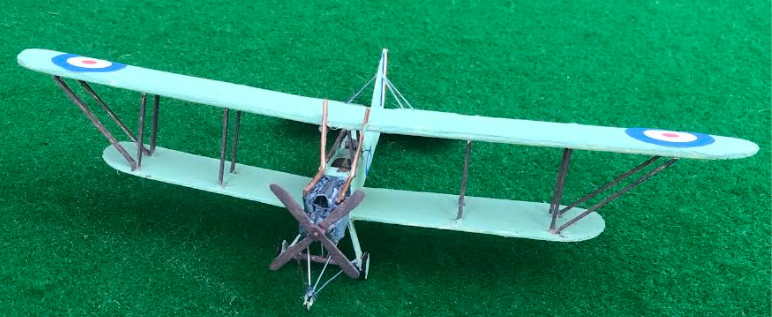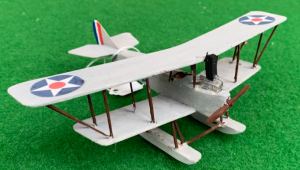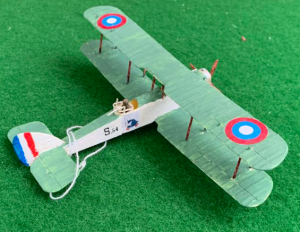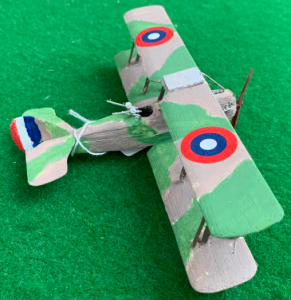Royal Aircraft Factory RE7
The Royal Aircraft Factory R.E.7 was a British two-seat light bomber and reconnaissance biplane designed by the Royal Aircraft Factory and built under contracts for the Royal Flying Corps. The designation R.E. = Reconnaissance Experimental (two-seat machines)
The R.E.7 was designed to carry heavy loads and also suitable for escort and reconnaissance duties. It was an-unequal span biplane with a fixed tailskid landing gear and powered by a nose-mounted 120 hp Beardmore engine driving a four-bladed propeller. The aircraft was built by a number of different contractors with the first aircraft operational with the Royal Flying Corps in France in early 1916. The aircraft had two open cockpits with the observer/gunner in the forward cockpit under the upper wing and the pilot aft.
It was soon found that the aircraft could not be used as an escort due to the limited field of fire for the single Lewis gun but the R.E.7 had a useful payload and was soon used as a light bomber with the more powerful engine (either a 150 hp RAF 4a or 160 hp Beardmore).
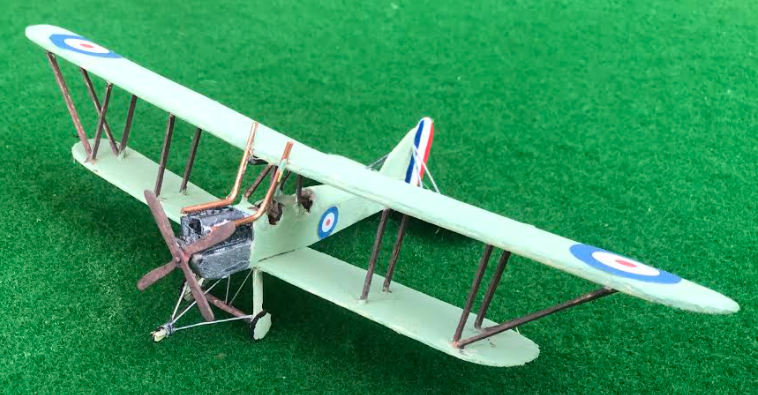
R.E.7 Biggin Hill Connection
The R.E.7 was the first aircraft to arrive and land at Biggin Hill on 2nd January 1917 for service with the Wireless Testing Park / Wireless Experimental Establishment. The RE7 was piloted by Lieutenant Dickie, with Air Mechanic Chadwick as passenger The RE7 and was greeted by a fusillade of snowballs as they landed in front of the newly-erected hangar.
They were the first airmen to land at Biggin Hill and the start of the Wireless Research activity there. Records do not show the RE7’s actual activities there.
ROYAL AIRCRAFT FACTORY R.E.7 INFORMATION
Introduction: 1915
Number Built: 230
Length: 9.72m
Wingspan: 17.37m
Engine: RAF 4a Vee 150hp
Top Speed: 135 Km/hr
